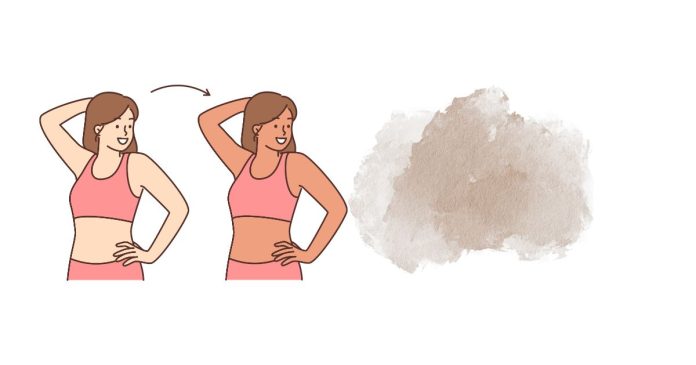Achieving that sun-kissed glow is a common goal for many people, whether it’s for a special occasion or simply to feel more confident in your skin. But one of the most frequently asked questions when it comes to tanning is: How long does it take to develop a visible tan?
The answer to this question can vary depending on several factors, such as your skin type, the method of tanning you’re using, and the intensity of sun exposure. In this blog post, we’ll break down how long it typically takes to see a tan and the factors that can influence the process.
How Long Does it Take to See a Tan from Sun Exposure?
If you’re trying to get a tan through natural sun exposure, the time it takes to see a visible result can depend on how your skin reacts to UV rays. Generally, it can take anywhere from 1 to 3 hours of sun exposure over the course of a few days to notice a subtle tan. However, this varies depending on your skin type:
- Fair Skin: If you have fair or light skin, you may start seeing a tan after 1-2 hours of sun exposure, though it might take longer to reach a deeper tan. People with fair skin are also more likely to burn easily, so it’s important to protect your skin with sunscreen and avoid overexposure.
- Medium Skin: Those with medium or olive skin tones tend to tan more easily and might notice a visible tan after just 30 minutes to 1 hour of exposure.
- Dark Skin: People with darker skin tones may find that they achieve a tan more gradually, but they still get visible results after a few hours of sun exposure, even if they don’t burn.
How Long Does It Take for a Tan to Develop from Tanning Beds?
Tanning beds are another popular method for getting a tan, and they can be a quicker way to achieve a visible result. If you’re using a tanning bed, you might see a noticeable difference in your skin tone after just one session. Depending on the strength of the tanning bed and how long you stay in it, a visible tan can appear within 1 to 2 hours after your session. It’s important to follow the guidelines for tanning bed use to avoid overexposure and skin damage.
Factors That Affect How Quickly You Tan
Several factors can impact how long it takes for you to develop a visible tan, including:
- Skin Type: As mentioned, the lighter your skin, the longer it may take for you to tan. Darker skin may tan faster, while very fair skin may require more time.
- Time of Day: The sun’s rays are strongest between 10 a.m. and 4 p.m. If you’re aiming for a tan, these hours may give you faster results. However, it’s crucial to wear sunscreen during these hours to avoid skin damage.
- Geographic Location: The closer you are to the equator, the stronger the sun’s rays will be. People in sunnier, warmer climates may develop a tan more quickly than those in colder, cloudier areas.
- Skin Protection: Using sunscreen can slow down the tanning process, but it’s essential to protect your skin from harmful UV rays. Sunscreen helps prevent burns and long-term skin damage, so it’s important to find a balance.
- Exfoliation: Exfoliating your skin before tanning can help remove dead skin cells, leading to a more even tan that develops faster. This is especially true if you’re using self-tanners.
How Long Does a Tan Last?
Once you’ve achieved your desired tan, how long it lasts depends on your skin and how well you take care of it. Generally, a tan lasts about 7 to 10 days, but this can vary. The more moisturized your skin is, the longer your tan will stay. Using lotions and creams designed to enhance tanning or self-tanning products can also extend the life of your tan.
Tips for Safely Getting a Tan
While getting a tan can be fun and can boost confidence, it’s essential to do so safely to protect your skin. Here are a few tips to ensure you’re tanning in the healthiest way:
- Always Use Sunscreen: Even if you’re trying to tan, protecting your skin from sunburn is key to avoiding long-term damage. Opt for a sunscreen with broad-spectrum protection, even if you want a deeper tan.
- Avoid Overexposure: Limit the time you spend in the sun or tanning beds to avoid burns. Skin damage can occur quickly and can lead to long-term health issues.
- Hydrate Your Skin: Moisturizing after sun exposure helps your skin stay healthy and can help maintain your tan longer.
In conclusion, the time it takes to develop a visible tan depends on several factors, including your skin type, the method you’re using to tan, and how much sun exposure you get. For sun exposure, it typically takes about 1-3 hours spread over a few days to see a noticeable difference. Tanning beds can provide quicker results, but they come with their own risks. Regardless of how you tan, always be mindful of your skin’s health and make sure to protect it from harm. A safe, gradual tan is always the best option for long-term skin care.


